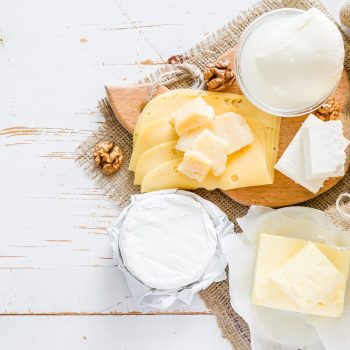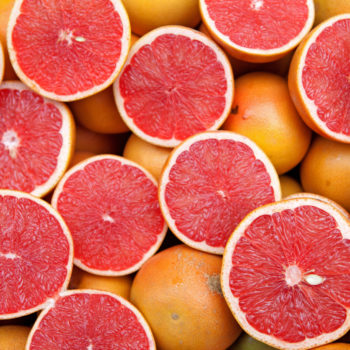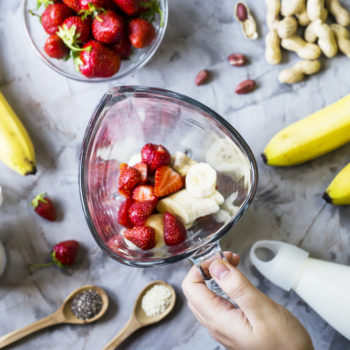The fault is the drop in the perception of flavors that, after a certain age, is physiological. That’s why it’s normal for older people to want more sweets or to desire more salty and spicy foods. The change in diet in the over 65s would not be a matter of gluttony but rather due to the difficulty of feeling the taste of food. Although physiological, this characteristic can help to modify the diet by pushing us to prefer foods too rich in sugar or salt, with consequent damage to health. We talked about this issue with Dr. Elisabetta Macorsini, biologist and nutritionist at Humanitas Mater Domini.
70 percent of the elderly exaggerate with salt and sugar
It was discussed in Naples; where experts from the Italian Society of Gerontology and Geriatrics at the 62nd National Congress explained that over 70% of the elderly introduce too much sodium and sugar in their diet. This is because the threshold of perception is raised twice: the elderly therefore need a double dose of salt and sugar to feel the flavor. There is also a lack of ability to perceive acid, so the taste threshold is raised by one and a half times. The consequence is that it increases the risk of diabetes and cardiovascular disease. The difficulties in chewing and swallowing, as well as the loss of teeth replaced with prostheses do the rest: so the over 65s abandon foods with a fibrous texture, such as fruits and vegetables, lose the habit of acid flavors, such as those of citrus, and bitter foods, such as those of some vegetables.
Taste can also be trained with sensory gymnastics
What can be done to face this new phase of life at the table while remaining healthy? Specialists warn that even a sense of taste can be trained. To make the diet of the elderly more balanced, it is enough to take easy steps: for example, to prepare vegetable soups, grated fruit in fruit salad or steamed, more pleasant and easier to chew. Training, however, is achieved thanks to a real sensory gymnastics that must consist in experimenting with different tastes and smells.
The opinion of Humanitas
“In old age it is advisable that the quantity of carbohydrates is particularly represented by complex carbohydrates, while the percentage of simple sugars should be around 10% – suggested Macorsini. This is because in old age there is often a high predisposition to hyperglycemia and therefore to diabetes. Keep the intake of lipids (fats) under control and do not exceed 35% of the daily caloric requirement, reduce the saturated fatty acids, which must remain below 10%. In the diet of the elderly you can also include cakes at breakfast or as a snack. For example, if there are no particular health problems, in hot seasons you can use a snack with moisturizing and refreshing sweets such as granitas and ice cream, mainly with a fruit flavor, which help the body to maintain proper hydration and cope with hot temperatures. Cream ice cream, on the other hand, can contribute to the supply of proteins as well as providing the elderly with a good amount of energy and a refreshing effect”.
Sugars “allowed” by the guidelines
The INRAN guidelines (National Research Institute for Food and Nutrition) suggest using natural compounds belonging to the category of polyalcohols. These natural compounds with a “sweet taste” are for example:
– Sorbitol: naturally present in some fruits such as apples, pears, plums, cherries and fruits of the sorb that are similar to apples or pears, depending on the variety, with colors ranging from yellow to dark red, and acidic flavor that ripen in autumn
– Xylitol: it is used as a sweetener in many confectionery, gummy candies, chewing gum, and even chocolate,
– Maltitol: naturally present in some fruits and vegetables
These compounds have a lower caloric value than sugars and are not cariogenic, indeed the action of xylitol in dental protection is known. Other natural sweeteners are honey, maple scribe, agave juice or whole cane sugar, obviously in low doses. You can also use the stele, bearing in mind that the aftertaste is not always pleasant.
“Let’s always remember that the World Health Organization recommends, however, that the introduction of sugars should be less than 10% of the daily caloric intake,” concluded Macorsini.





